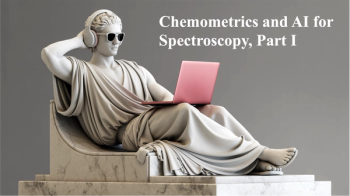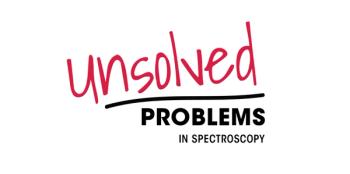
- Application Notebook-02-01-2015
- Volume 0
- Issue 0
Trace Heavy Element Analysis for Wastewater and River Water by X-ray Fluorescence Spectrometry
This report introduces an X-ray fluorescence (XRF) analysis for the detection of ppb levels of hazardous heavy elements in wastewater and river water using "Ultracarry®" high sensitivity micro-droplet filter paper and the "Ultradry™" vacuum dryer.
This report introduces an X-ray fluorescence (XRF) analysis for the detection of ppb levels of hazardous heavy elements in wastewater and river water using "Ultracarry®" high sensitivity micro-droplet filter paper and the "Ultradry™" vacuum dryer.
There has been growing demand globally for the analysis of environmentally hazardous substances. Detection of a trace amount of wastewater and heavy elements in wastewater and river water is achieved by XRF analysis with the UltraCarry® sample preparation technique.
Experimental Conditions
A liquid sample of wastewater or river water is dropped onto an Ultracarry filter paper. An Ultradry, which dries the solution by decompression and heating, was employed to shorten the drying time. The dried Ultracarry pads were mounted on aluminum or titanium cups to avoid scattered X-rays. The cups were set in the sample holders of the XRF instrument.
The Rigaku ZSX Primus II wavelength-dispersive X-ray fluorescence spectrometer was used for the analysis. It has a high spectral resolution that enables a high precision analysis of wastewater with a complex sample matrix. The combination of ZSX Primus II and Ultracarry enables wastewater analysis of a trace of zinc down to about 1 ppb. The time for drying the Ultracarry was about 30 min, and the time for the XRF qualitative analysis was 2 to 3 min per sample. It is typically necessary to use condensed sample solutions to meet environmental regulations for hazardous heavy elements in river water. The Ultradry can be used for this type of analysis because it is equipped with a decompression evaporating apparatus. A NIST1643c standard (reference solution of river water) was used. The material was first condensed by 50 times with an Ultradry then dropped onto an Ultracarry and dried.
Figure 1: XRF spectrum of river water (21°–36°2q , LiF (200) analyzing crystal, Cu primary-beam filter, 50 kV and 50 mA.
Results
XRF peaks for As (82.1 ppb), Pb (35.3 ppb), Se (12.7 ppb), and Rb (11.4 ppb) contained in the reference solution were clearly detectable.
Conclusions
The technique of using Ultracarry filter paper and an Ultradry vacuum dryer shows that the XRF method can be used effectively for a low ppb level analysis of environmental heavy hazardous elements in wastewater and river water due to its simple and rapid sample preparation. Since industrial wastewater likely contains a number of heavy elements, a prescreening analysis is useful before a conventional analysis with an atomic absorption spectrometer or inductively coupled plasma spectrometer.
Rigaku Corporation
9009 New Trails Drive, The Woodlands, TX 77381
tel. (281) 362-2300, fax (281) 364-3628
Website:
Articles in this issue
almost 11 years ago
Moxtek’s ULTRA-LITE X-ray Sourcealmost 11 years ago
Analysis of Yeast Fermentation Using Multiple Reflection Diamond FT–IR ATRalmost 11 years ago
Correlative Raman-SEM Microscopy (RISE Microscopy) in Life Sciencesalmost 11 years ago
Failure Analysis of Packaging Materialsalmost 11 years ago
Monitoring the Drying Process of Pressure-Sensitive Adhesivesalmost 11 years ago
Relative Irradiance of Decorative Incandescent and LED Lightsalmost 11 years ago
Vol 30 No 2 Spectroscopy February 2015 Application Notebook PDFNewsletter
Get essential updates on the latest spectroscopy technologies, regulatory standards, and best practices—subscribe today to Spectroscopy.




